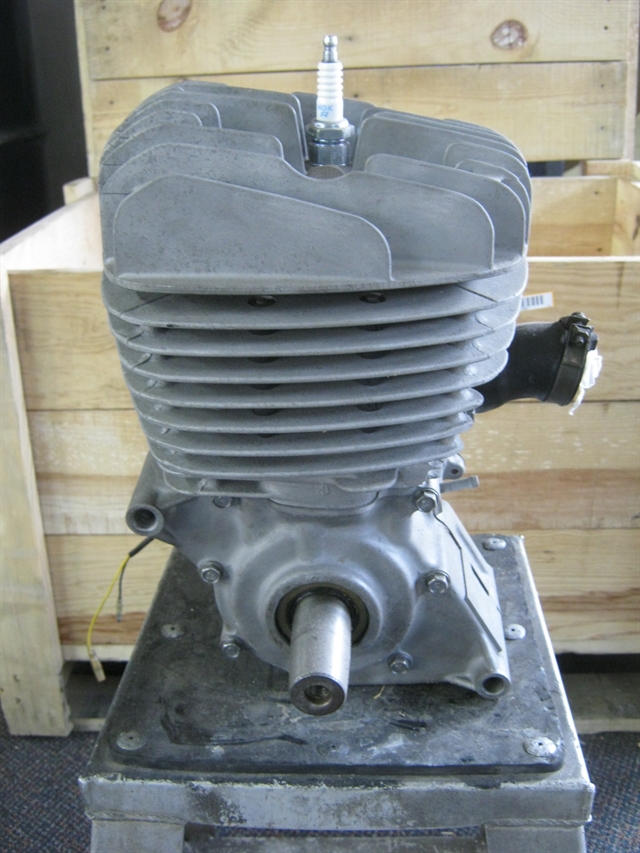

Ready to get your gorgeous Venetian blinds looking as good as new? Let’s get started! How to Clean Wood Blinds Easilyīecause wood is porous, unlike many other materials that are often used for blinds, it can be more difficult to clean.

Why wooden blinds can be so challenging to clean.Luckily, it’s not as daunting a task as it may seem. While you can dust them off occasionally, even mini blinds require more attention to detail to keep them looking their best. Whether it’s through mining imaginations, sharing the experiences of today’s climate leaders, or discovering big ideas for how we can live differently, we want Fix to be a space that encourages us all to rekindle our excitement about what is possible and to explore the many pathways to making it real.Getting ready for a thorough cleaning but wondering where to start when it comes to real wooden blinds? They can be one of the trickiest things in the house to clean. Future editions of our digital magazine will take on a variety of themes, from the power of community to the importance of equitable outdoor access, and all will continue to drill down into what a sustainable, equitable future could look like, and the solutions in motion to get us there.
WE NEED TO GO DEEPER ENGINE FREE
The idea that we can break free from our inertia and helplessness through stories and storytelling doesn’t stop with this current issue, which is just the first of many upcoming deep dives into a single topic. And if you want to go deeper into the genre, we have a primer on the various flavors of climate fiction to help you find the one that speaks to (or challenges) you. Looking for your next great read? Check out our comprehensive list of the most seminal climate-fiction books out there. You’ll see how “utopia” for a queer witch in Philadelphia is different than that of a trans woman from Barbados, and what happens when we experience someone else’s imagined future. The essays, interviews, and other work that make up the rest of our Climate Fiction Issue explore why it is so important to do this kind of dreaming, how these far-off visions can become realities, and why it is so vital to break down the silos of who gets to invent our fictional worlds. To support our nonprofit environmental journalism, please consider disabling your ad-blocker to allow ads on Grist. They will renew your sense of hope, possibility, wonder, even joy.

The 12 short stories showcase diverse visions of the worlds we could create. At the center of the issue are the winning stories of Fix’s first climate-fiction contest, Imagine 2200: Climate Fiction for Future Ancestors. Given those challenges, the time couldn’t be better for our Climate Fiction Issue, which celebrates the power of storytelling to look beyond the current moment and imagine better futures. Watching communities all over the world burn, drown, and stifle in scorching heat knowing that we’re now past the point where we can reverse the effects of climate change and seeing that this crisis and its unjust impacts still are not treated as an all-hands-on-deck emergency makes it hard to muster emotions other than fear, anger, and helplessness. But that has been difficult to hang onto over the past few months. Simply put, we’re optimists who believe things will get better. We embrace innovative, bold ideas that spark the imagination of what a clean, just world could look like, and we celebrate the people who are working to get us there. These ideas are core to how we at Fix approach our work. The chance of not only surviving, but thriving in a healthier, safer, more just world, still exists.

A more sustainable, equitable society is still an option.


 0 kommentar(er)
0 kommentar(er)
